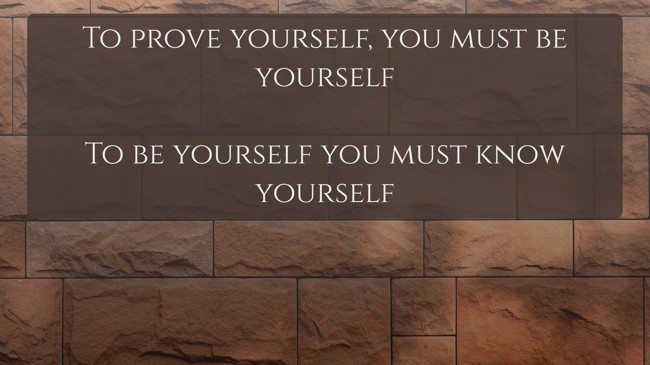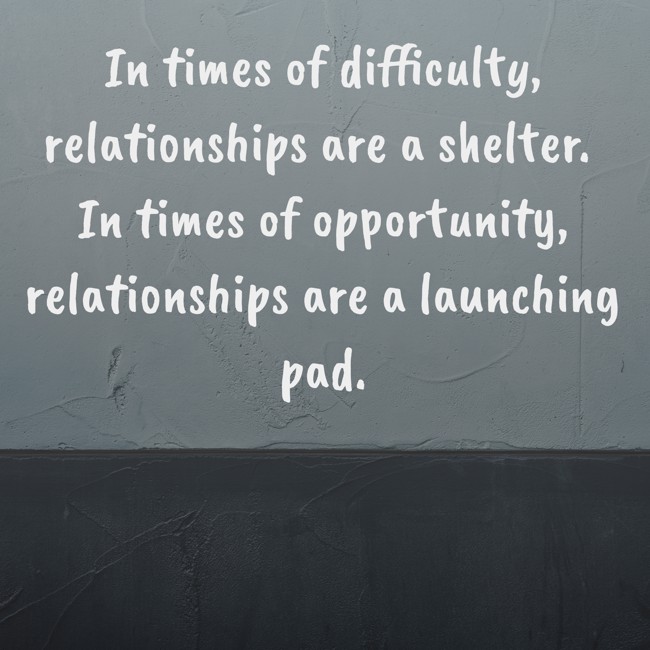
Influencing and Leadership – Part 1
Here are the key insights I’ve gleaned from John Maxwell’s book, “The Influence Formula,” which have resonated with me and sparked my reflection.
What is influence: Influencing to create a desire in others person to act.
Previously, dependence on influence was minimal, as the mere position or title of an individual sufficed to compel others to comply with their directives. However, in contemporary times, fewer individuals act solely out of obligation, preferring instead to pursue their own desires. Consequently, cultivating influence has become essential for effective leadership, as it facilitates the ability to guide and inspire others in a landscape where voluntary compliance is increasingly prevalent.
The steps to develop influence or lead others is:
- Prove yourself
- Earn relationship
- Make your team successful
- Help people reach their potential
Every day, it’s imperative to engage in the art of influencing those whom you aspire to lead. There’s no final destination in this endeavor. Exceptional leaders consistently strive to guide individuals towards meaningful destinations. Leadership isn’t a fixed point; it’s a dynamic journey of continuous evolution and progress.
Step 1- Prove yourself
“Leadership is influence but not all influence is leadership. Influence without action isn’t leadership.” To prove yourself, know yourself first. “Self-knowledge is foundational for being productive and influencing others.”
To explore yourself, answer the following questions:
- What are your strengths and weaknesses.
- What is your temperament?
- What are your work habits, your daily, monthly and seasonal rhythms?
- How do you define right and wrong and what line you will never cross?
- How will you treat people and what behaviours are out of bound?
- How do you think I define success and what won’t you do you do to achieve it?
If is very difficult to not know yourself and be able to prove yourself. You can prove yourself only when you can see yourself clearly, acknowledge your weaknesses and work on your strengths.
Once you’ve addressed the question above and gained greater self-awareness, focus your efforts on self-improvement.
“Too often we look outside of ourselves for the source of our problems. The reality is that many come from inside us. Work on those.”
Step 2: Earn Relationships
The next stage in influencing others involves establishing connections and fostering relationships. This often entails stepping outside your comfort zone, which, in turn, expands its boundaries. While this can be challenging and entail risks such as vulnerability or potential exploitation, the rewards greatly surpass the risks.
“People go along with people they get along with”
Here is the way to earn relationship:
- Respect and value people.
- Take the initiative to reach out to people in your team, do not wait for them to reach out to you.
- Take initiative to get out of your territory and move beyond your job description, in your work and the way you interact with people.
- Learn about your team members, their hopes, dreams, goals and aspirations and to be successful try to align their goals with the orgainzation’s vision.
- Do not ignore any one who you do not like and try to build relationships with everyone.
- Differences make the relationship interesting, so try harder to connect with people who have nothing in common with you. If you do not try there is no chance.
- Choose to care about people and find something likable about every person on your team.
- Have genuine belief in people, see their potential instead of their problems and view them as assets instead of liabilities.
- Earn your team’s trust by making them feel safe to be themselves in your presence. If you have integrity with people in every situation, they will develop trust in you. Trust -> Strong Relationship -> Greater potential for gaining influence

- Be authentic and own up to your faults. It helps develop authentic relationships.
- Allocate time and effort towards acquainting yourself with others and nurturing relationships; in the long term, the energy you gain from these connections will outweigh the energy you invest.
As you endeavor to cultivate relationships, remain vigilant and acknowledge any issues, adopting a realistic perspective about individuals. Recognize their shortcomings with a blend of empathy and honesty. Conflict inevitably emerges in leadership roles, but by fostering strong relationships, you’ll be better positioned to guide individuals through problem-solving when conflicts arise.
See step 3 and step 4 here.